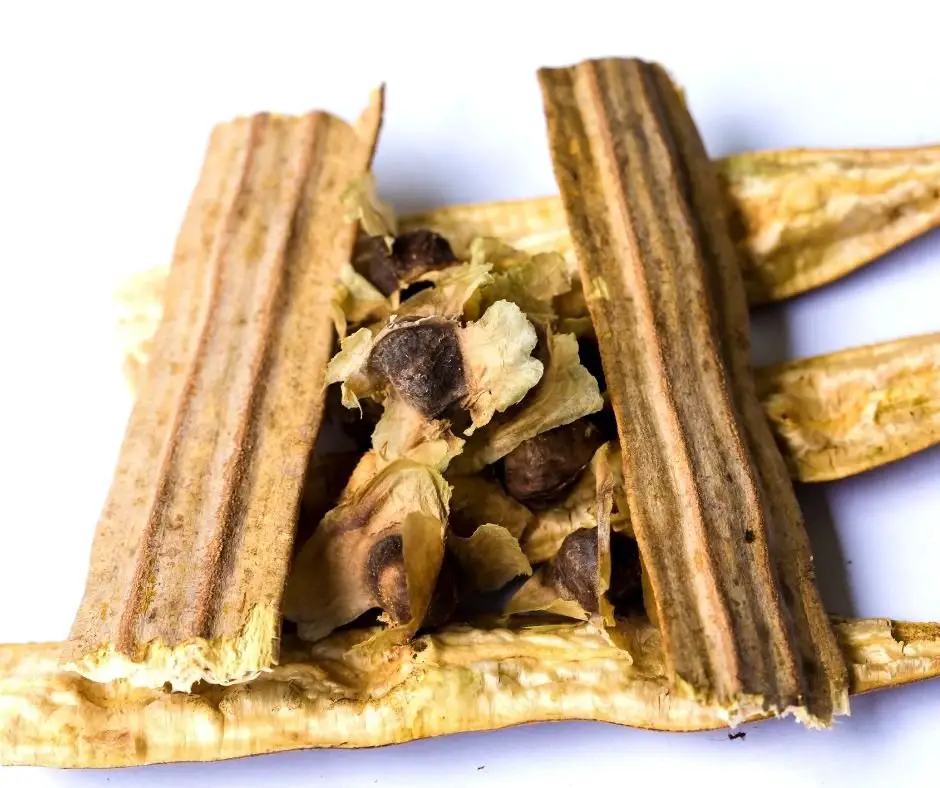Last Updated on October 15, 2024
Moringa seeds are typically planted in the spring. They like full sun and an even, moist soil with a pH of 6-7. Plant them about 2 inches deep, allowing at least 10 feet between rows to allow for sunlight and airflow through your greenhouse. When they reach maturity, harvest the leaves every 5 weeks by cutting off two plants at ground level each time so that you’re harvesting leafy greens rather than just stalks..
Moringa seeds are easy to plant and grow. They can be planted in pots, which is a good way to start off with them. The process of planting moringa seeds in pots is as follows:
Can you root Moringa cuttings?
A: Moringa is a plant that has been traditionally used as a medicine and food source in many countries. The leaves of the plant are known to have medicinal properties, but its also a highly nutritious plant with an abundance of vitamins, minerals, and antioxidants.
Is it easy to grow moringa?
A: Moringa is a tropical tree that is native to India, Pakistan, and Afghanistan. It has been used for centuries as a source of food and medicine. The leaves are edible and have a mild nutty flavor. They can be eaten raw or cooked in soups and stews. The seeds are also edible, but they must be soaked overnight before cooking them.
Moringa seeds are a great way to grow moringa indoors. Moringa leaves can be used in salads, soups, and stews. They also have medicinal benefits. Reference: how to grow moringa indoors.
Watch This Video:
Related Tags
- how to plant moringa seeds pdf
- where to buy moringa seeds for planting
- how to plant moringa cuttings
- how big does a moringa tree grow
- how to keep moringa tree small

Sam is an eco–friendly entrepreneur who is passionate about living green and sustainable. He strives to promote sustainability and build a more sustainable future. He is a passionate advocate for renewable energy sources and works in the renewable energy industry. He is an avid supporter of green initiatives and works to reduce his own carbon footprint. Sam is an active member of his community and volunteers for local environmental organizations. He also works to educate others about green living and sustainable practices. Sam believes that sustainability is an important part of creating a better future for all.

